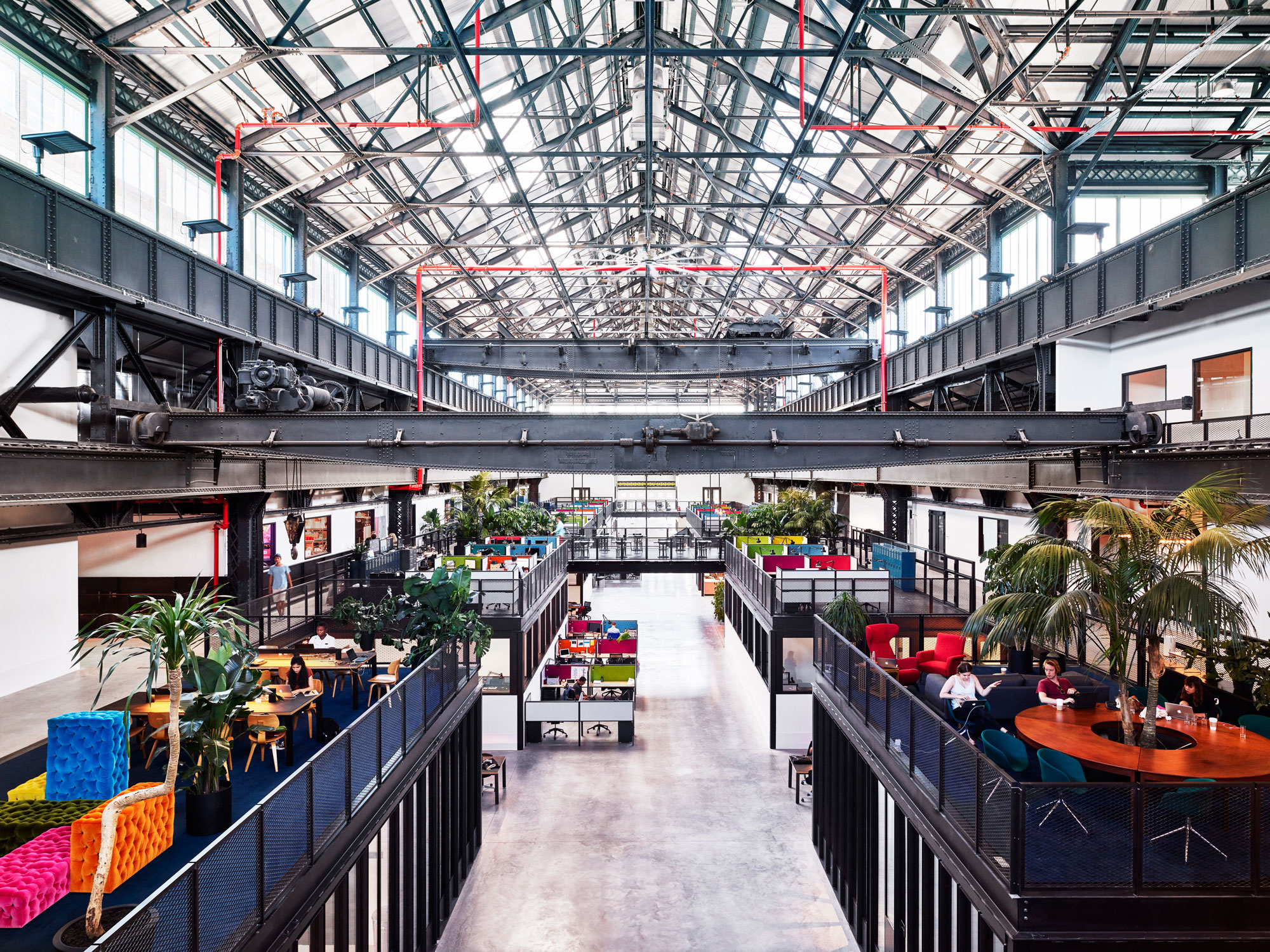A new Navy Yard program shows Brooklyn’s tech bubble is as strong as ever
Venture capital firm Antler is playing the long game.

Amazon who?
When the Jeff Bezos-born tech giant retreated in February from its pact with New York City to open a headquarters in Queens, many speculated the five-borough people and politicians who waged all those virulent protests would come to regret them.
Forbes wrote of the trillion-dollar digital retailer, infamous for union busting and paying no federal income taxes, that “By way of proximity, it could have injected capital flow into New York.” Curbed argued “Amazon’s move to Long Island City could [have] paved the way for other large companies to move into the neighborhood.” A tech-training company CEO called the rejection of Amazon the “facepalm heard around the world” and a “self-own by the entire NYC ecosystem.”

Brooklyn Boro
View MoreNew York City’s most populous borough, Brooklyn, is home to nearly 2.6 million residents. If Brooklyn were an independent city it would be the fourth largest city in the United States. While Brooklyn has become the epitome of ‘cool and hip’ in recent years, for those that were born here, raised families here and improved communities over the years, Brooklyn has never been ‘uncool’.